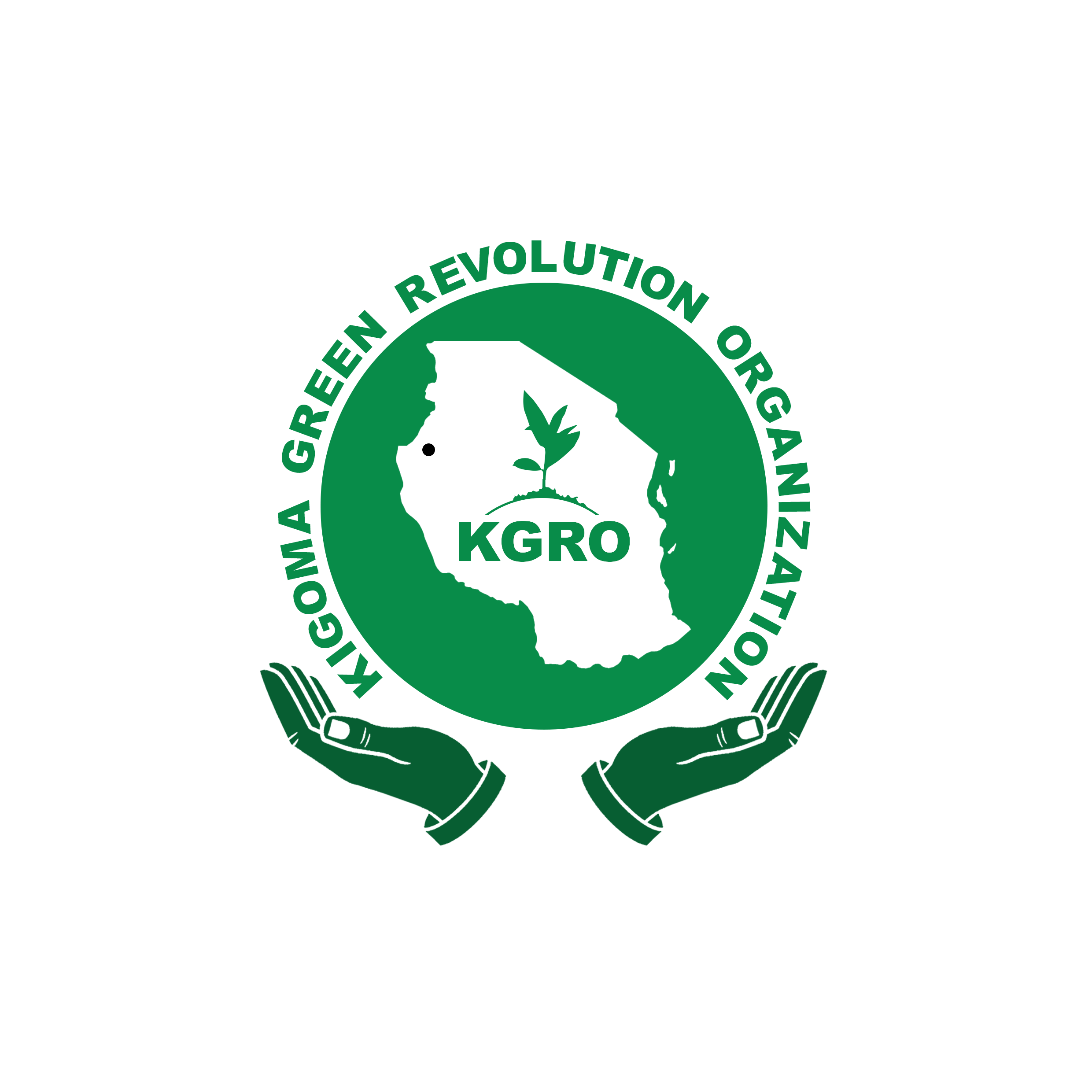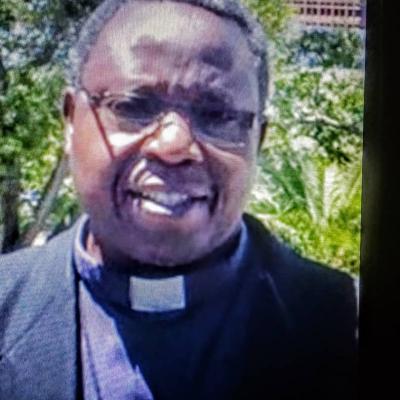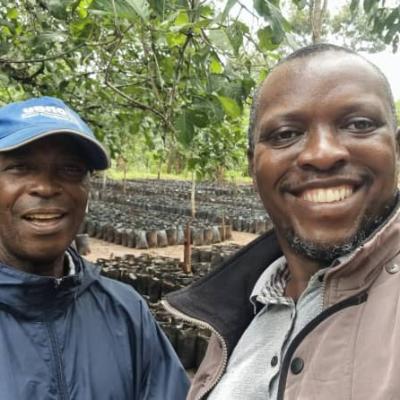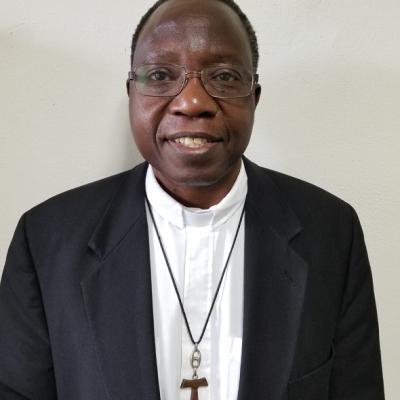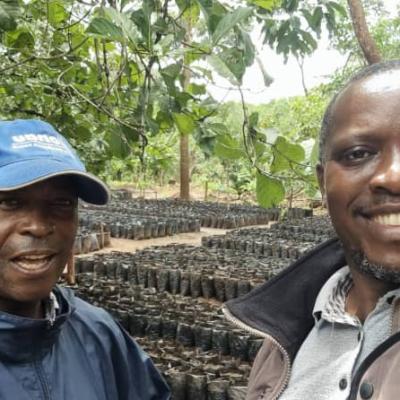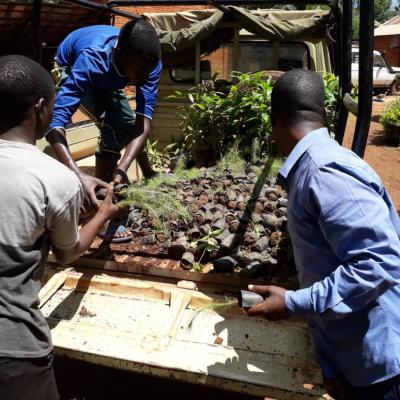About the Project

- Have the target area reasonably portioned out and allocated to various human uses, after surveys involving inhabitants and village authorities [of all the 5 targeted villages].
- Have at least 120 acres of land covered with trees in three years [60 in Kasumo and 40 in each of the other 4 villages – Kalege, Kajana, Buhoro, Mwanga]
- Villagers in the target area empowered with knowledge on use of terraces and the hazards of bush fires, reasonable harvest of trees, and how to do safe farming near water sources.
-
Improved quality meals in the target area, with the aim of boosting health, through consumption of fruits and vegetables.
-
Have in place a nursery where villagers in Kasumo-Kalege-Kajana-Buhoro-Mwanga can get seedlings for timber and fruit trees.
With the intention of establishing common ground among experts and laypersons, we begin by defining our terms simply and succinctly:
Community here it refers to a “community of place” that includes those people whose livelihoods take place in the proximity of affected sites, specifically those in Kasumo Parish, for whom the hills of Gipfizi, Vugilo, Gishigwe and nearby hills make a rain catchment zone.
Livelihoods are defined as the activities, assets, capabilities and strategies required and employed as a means of living (Schuyt 2005). Livelihoods include the ways and means of satisfying peoples’ fundamental needs. Livelihoods are ways of living, and not only ways of making a living.
Environment refers to the physical reality in which a society and its members live and depend on for their livelihood and resources which they draw to sustain their being, and in reciprocity also contribute positively or negatively to it. The resources that we commonly refer to are water and water sources, air and the atmosphere, vegetation, soils, animals, and insects – all flora and fauna, seen with the naked eye or not.
Sustainability, as far as human endeavor is concerned, refers to the force, power and endurance that a project has, not only to hang on through existence but especially to overcome obstacles that would otherwise render it ineffective and redundant, and so fail to produce desired and expected results. Ownership of project by beneficiaries has often times been identified to be key in project sustainability, since this enhances interest, responsibility and zeal.
Project Leaders
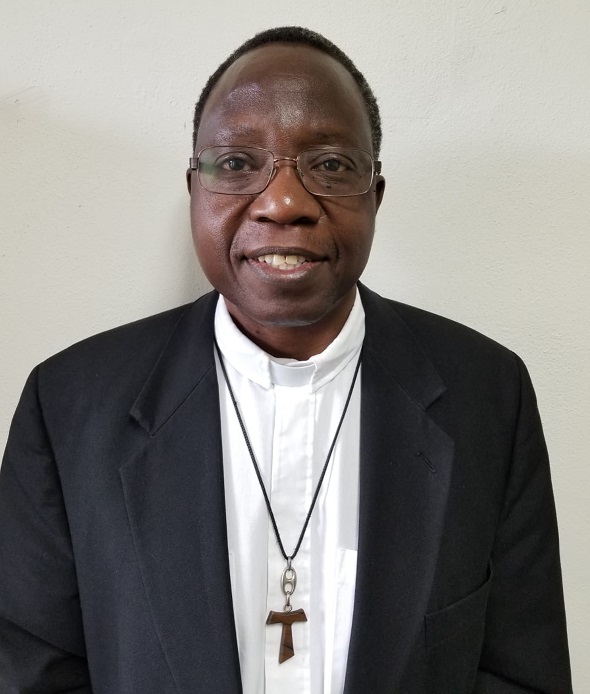
Sebastian Mpango Nzabhayanga - Councillor
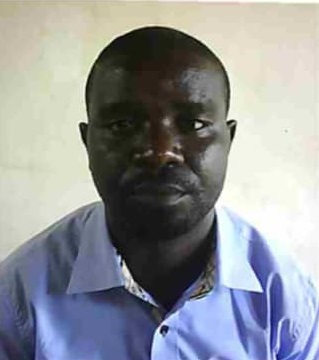
Teonest C. Tereba - Chairperson
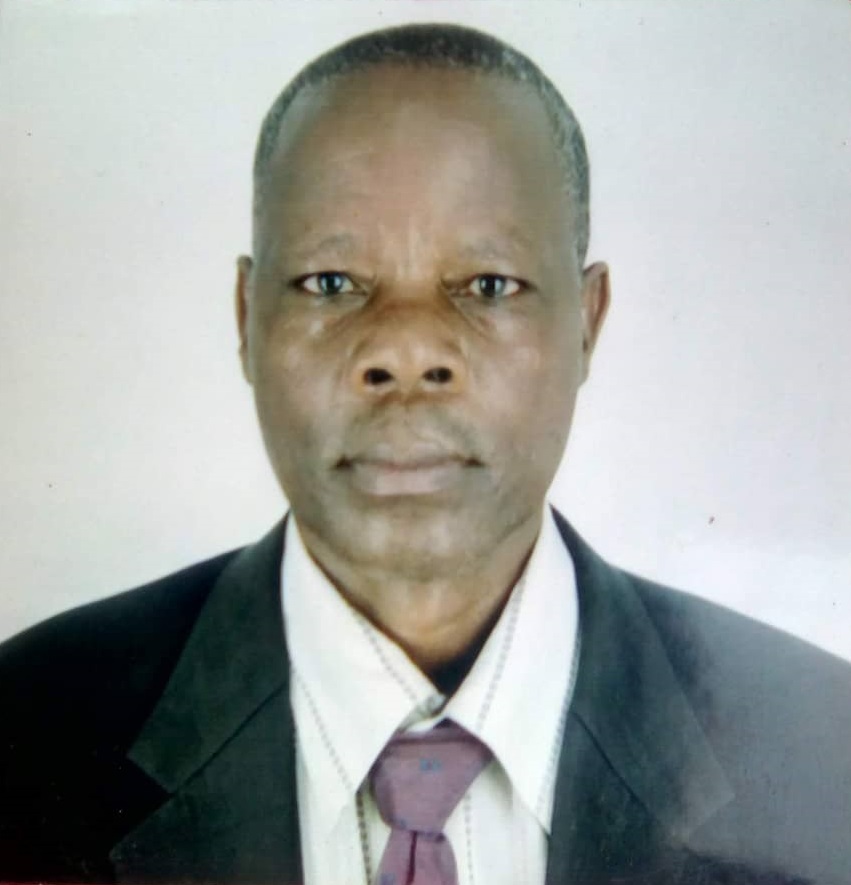
Gaspar Kamarasente - Vice Chairperson

Vitus Chaniko - Executive Secretary

James Kayingiriza - Assistant Executive Secretary

